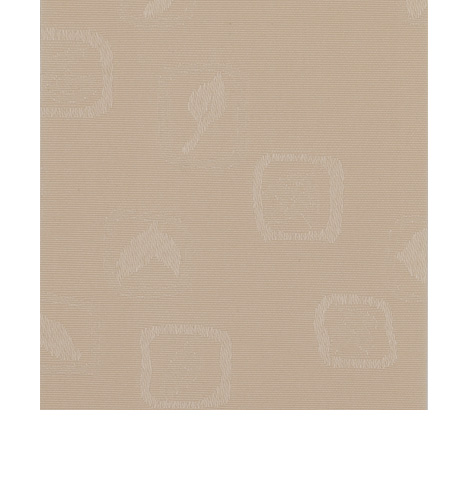Polyester Fabrics:
Fading Resistance: Polyester is known for its resistance to fading from sunlight. It holds color well over time, especially if it is treated with UV-resistant coatings. However, prolonged exposure to direct sunlight can still cause gradual color degradation, particularly if the fabric is not properly treated.
Discoloration: Polyester fabrics tend to resist discoloration better than natural fibers like cotton. However, exposure to high levels of humidity or moisture may lead to yellowing or staining over time, though this is less of an issue compared to fabrics like cotton.
PVC (Vinyl) Vertical Blinds:
Fading Resistance: PVC vertical blinds fabric, which are often used for their low maintenance and durability, generally resist fading better than fabric-based blinds. This is due to the nature of the material, which is less likely to absorb UV rays compared to natural fabrics. However, prolonged UV exposure can still lead to discoloration, especially on cheaper PVC or vinyl materials.
Discoloration: PVC blinds are less prone to discoloration from moisture or mildew compared to fabric blinds. However, yellowing may occur over time, especially in areas with high UV exposure. The material can also become brittle with age, which may impact its overall appearance and performance.
3. Cotton or Natural Fiber Fabrics:
Fading Resistance: Cotton and other natural fiber fabrics are more prone to fading than synthetic fibers like polyester. Cotton fibers absorb UV rays, which can break down the material and lead to fading over time. These fabrics are more likely to lose color in high sunlight areas, especially without any UV-protective coatings.
Discoloration: Natural fabrics, particularly cotton, can suffer from discoloration due to factors like moisture, mildew, and general wear. Cotton is also more susceptible to staining from oils, dirt, and water, which can lead to permanent discoloration if not cleaned regularly.
Treated Fabrics (UV-resistant or Fade-resistant Coatings):
Fading Resistance: Many vertical blinds fabrics, especially those made from polyester or natural fibers, are treated with UV-resistant or fade-resistant coatings. These treatments help reduce the effects of sunlight, significantly extending the fabric's color retention and preventing fading. Fabrics with these coatings can maintain their vibrancy much longer than untreated fabrics.
Discoloration: UV-resistant or fade-resistant treatments also help prevent discoloration caused by environmental factors like heat, moisture, or dirt. However, if the treatment wears off due to improper cleaning or aging, the fabric may begin to lose its protective properties, leading to discoloration over time.
Sunbrella or Outdoor Fabrics:
Fading Resistance: Fabrics designed for outdoor use, like Sunbrella, are specifically engineered to withstand harsh sunlight and are highly resistant to fading. These fabrics use solution-dyed fibers, which means the color is locked into the fabric at the time of production, making them highly fade-resistant.
Discoloration: These fabrics are also less prone to discoloration from moisture, mildew, or general wear. They are often treated with water-repellent finishes that help maintain their appearance and performance in all weather conditions. Sunbrella fabrics, for example, are known for retaining their color for years, even with constant exposure to the sun.

Microfiber Fabrics:
Fading Resistance: Microfiber fabrics, which are made from very fine synthetic fibers, offer a good level of resistance to fading. Microfiber is often used in vertical blinds for its softness and durability, and it typically holds its color better than some natural fibers.
Discoloration: Microfiber is less prone to discoloration caused by moisture, dirt, or oil, but it can still suffer from fading or slight discoloration if exposed to direct sunlight over an extended period, especially if the material isn't treated with UV-protective finishes.
Blended Fabrics (Polyester-Cotton Blends):
Fading Resistance: Blended fabrics that combine polyester and cotton offer a balance between fading resistance and aesthetic appeal. While the polyester component helps the fabric resist fading, the cotton component can make it more susceptible to UV damage and fading over time. However, the performance of these blends can be improved with treatments.
Discoloration: The natural cotton fibers in blends are more prone to discoloration than the polyester, but overall, these fabrics are more durable and stain-resistant than 100% cotton fabrics.
Smart or High-tech Fabrics:
Fading Resistance: Advanced fabrics used in smart blinds may have special coatings or embedded technology that improve fading resistance. For instance, certain fabrics are treated with nano-coatings that enhance UV protection, increase durability, and reduce fading.
Discoloration: These fabrics are generally resistant to discoloration from sunlight, moisture, or heat due to their advanced protective treatments. However, the longevity of these treatments may depend on the quality of the technology used.

 中文简体
中文简体 英语
英语 西班牙语
西班牙语







